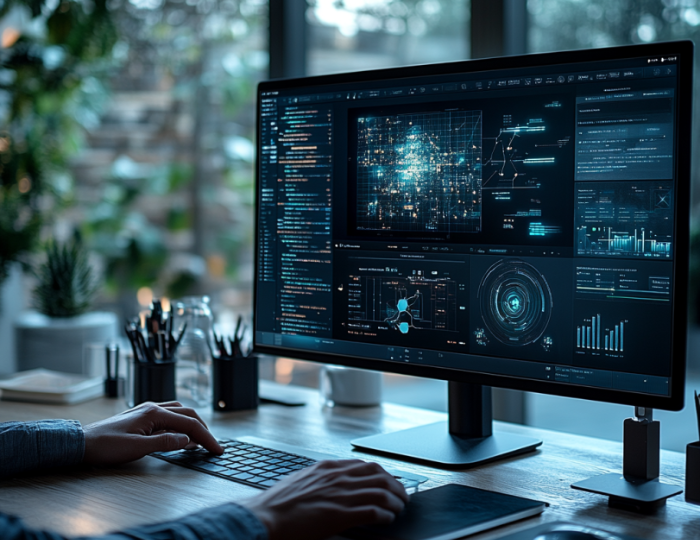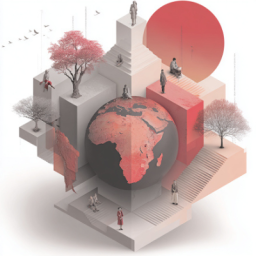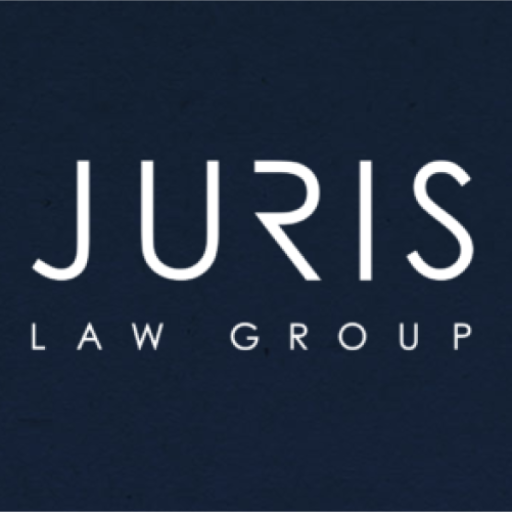
As technology continues to evolve at an unprecedented pace, one of the most significant advancements reshaping industries is the rise of artificial intelligence (AI). In particular, AI is poised to revolutionize the field of intellectual property (IP) law, bringing about both challenges and opportunities for businesses, innovators, and legal practitioners alike. This article explores how humans and AI are working together to reshape the future of IP, from the way intellectual property is created and protected to how it’s enforced and managed.
How Is AI Changing the IP Landscape?
AI’s role in IP is multifaceted, influencing various stages of the IP lifecycle, including creation, protection, and enforcement. Let’s break down the key areas where AI is making its mark:
1. AI in the Creation of Intellectual Property
Historically, intellectual property has been the product of human creativity—art, literature, inventions, and designs created by individuals or teams. However, AI systems are now capable of creating original works, from music and art to product designs and software code.
- AI-Generated Works: AI tools, such as generative design algorithms or AI-driven art platforms, can produce creative content that mimics human ingenuity. As AI becomes more sophisticated, the question arises: who owns the intellectual property rights to works created by AI? Do the creators of the AI tools, the AI systems themselves, or the users who instruct the AI hold the rights?
- Collaborative Creation: Many industries are seeing a rise in AI-human collaboration. AI is helping artists, inventors, and designers by generating initial concepts, performing complex data analysis, and even suggesting innovative solutions. As a result, the IP created in these contexts is a blend of human creativity and AI assistance. This collaborative approach opens new avenues for IP protection, requiring an adaptive legal framework.
2. AI in Patent Law and Innovation
AI has also proven itself as a valuable asset in patent law. AI tools can quickly sift through vast amounts of patent data, identifying existing patents, trends, and gaps in innovation. These tools not only assist patent examiners in performing their duties more efficiently but also empower inventors to avoid infringement by identifying existing patents and exploring potential areas for new inventions.
- Patent Search and Analysis: AI-driven patent search engines use machine learning algorithms to analyze and rank patents based on relevance. This helps patent lawyers and inventors conduct more accurate searches for prior art and reduce the risk of filing patents that are too similar to existing ones.
- Automated Patent Drafting: AI can also assist in drafting patent applications by suggesting the best language and terminology based on previous filings, significantly reducing the time it takes to draft complex documents. This can be particularly beneficial for small businesses and individual inventors, who may not have access to large legal teams.
3. IP Protection in the Age of AI
One of the critical concerns surrounding AI’s impact on IP is how traditional IP laws, such as copyrights and patents, will adapt to accommodate AI-generated content. As AI begins to generate works of art, music, and even scientific papers, there is a growing need to redefine ownership rights in the context of AI.
- Copyrights and AI: Current copyright laws are structured around human creators, but AI-generated works challenge this framework. If an AI generates an original song or artwork, should it be protected under copyright? Should the AI’s developer, the user, or no one at all hold the rights? This has led to legal debates and some jurisdictions exploring new legislation to address the complexities of AI in copyright law.
- AI-Driven Trademark Search and Protection: AI is transforming trademark searches by automating the process and allowing for more thorough searches of existing marks. This ensures that businesses are less likely to unintentionally infringe upon existing trademarks. Additionally, AI can assist in monitoring the use of trademarks, identifying potential violations more efficiently than human-driven methods.
4. AI in Enforcement and Litigation
The enforcement of intellectual property rights is a crucial area where AI is making a significant impact. Traditional methods of tracking and enforcing IP rights can be slow and resource-intensive, but AI has the potential to expedite these processes.
- AI in Monitoring and Enforcement: For example, AI tools can crawl the internet and online marketplaces to identify counterfeit products or unauthorized use of copyrighted works. This allows businesses to act quickly and reduce the damage caused by IP infringement. Companies like Amazon use AI to automatically remove counterfeit listings from their platform, helping protect the intellectual property of sellers.
- Predictive Litigation: AI’s ability to analyze vast amounts of legal data has led to the development of predictive analytics tools for litigation. These tools can assess the likelihood of a successful lawsuit based on previous legal decisions, helping businesses and law firms make informed decisions about pursuing IP litigation. AI models can also predict how courts will rule based on historical trends, providing valuable insights for IP litigators.
5. AI’s Impact on IP Strategy and Portfolio Management
Managing an IP portfolio can be a complex task, especially as businesses expand globally. AI is streamlining this process by automating routine tasks and providing valuable insights into how businesses should approach their IP strategies.
- AI-Powered IP Management: Companies are now using AI to manage their IP portfolios by tracking deadlines for renewals, monitoring global IP filings, and analyzing trends in the market. AI systems can recommend where to file patents or trademarks based on market trends, technological advancements, and competitive activity.
- AI for Licensing and Valuation: AI can also play a pivotal role in IP licensing by analyzing IP assets and assessing their value. It can help businesses identify potential partners, negotiate licenses, and optimize revenue from their IP assets. As AI continues to develop, it will become an even more powerful tool for businesses looking to leverage their intellectual property.
The Future of IP in an AI-Driven World
As AI continues to shape the world of intellectual property, the future of IP law will depend on the ability of legal frameworks to adapt and evolve. The intersection of AI and IP presents exciting possibilities, but it also requires new approaches to protect the interests of human creators, businesses, and innovators.
- Policy and Regulation: Governments and policymakers will need to develop new laws that address the unique challenges posed by AI in the realm of IP. This includes defining ownership rights for AI-generated works, updating patent law to account for AI inventions, and ensuring that AI tools are used ethically and responsibly.
- Collaboration Between Humans and AI: Moving forward, IP will increasingly be a collaborative effort between humans and AI. While AI can enhance human creativity and innovation, it is ultimately the responsibility of humans to ensure that these advances are used ethically and that intellectual property is protected for the benefit of all stakeholders.
Conclusion
The relationship between humans and AI in reshaping the future of intellectual property is both exciting and complex. AI’s potential to revolutionize the creation, protection, and enforcement of IP is immense, but it also presents challenges that require careful thought and legal adaptation. As AI continues to evolve, it is crucial for businesses and legal professionals to stay informed about these changes and develop strategies to navigate the future of intellectual property in an AI-driven world.
By understanding the evolving role of AI in IP, companies can stay ahead of the curve, ensuring that their intellectual property is protected, their innovations are safeguarded, and their competitive edge is maintained. The future of IP is here—and it’s powered by both human ingenuity and artificial intelligence.


